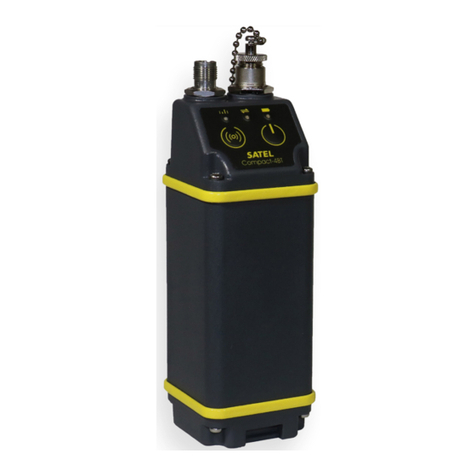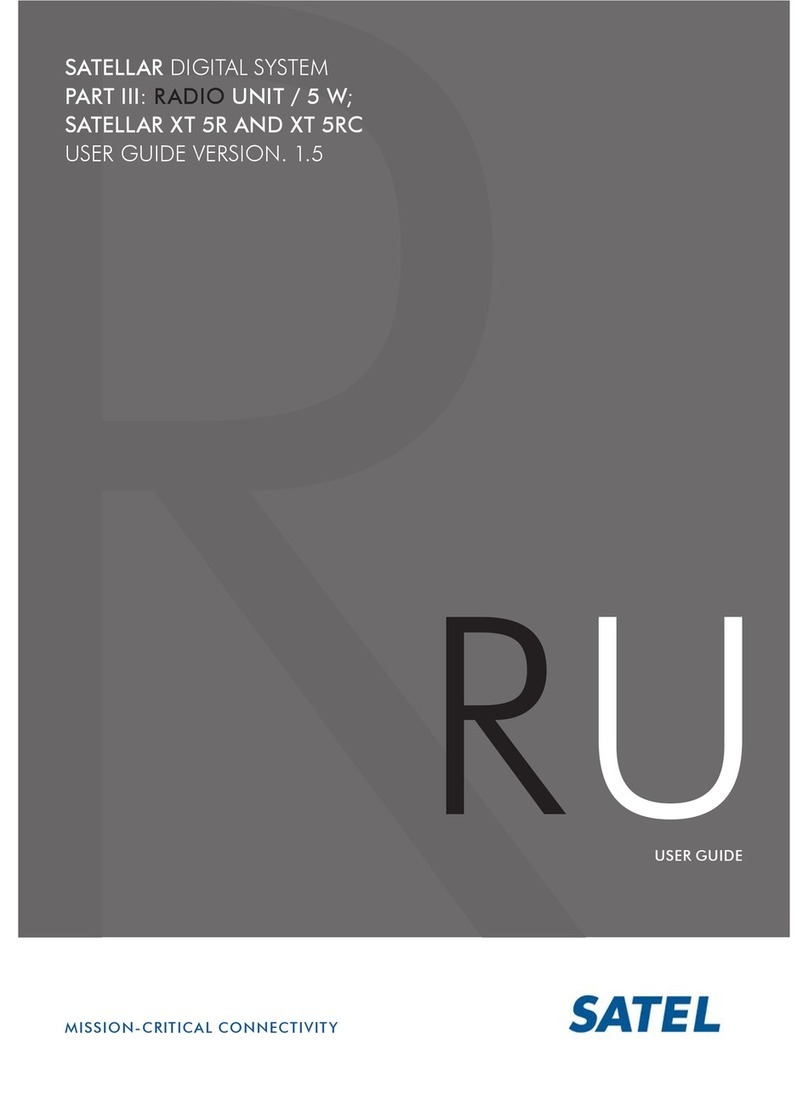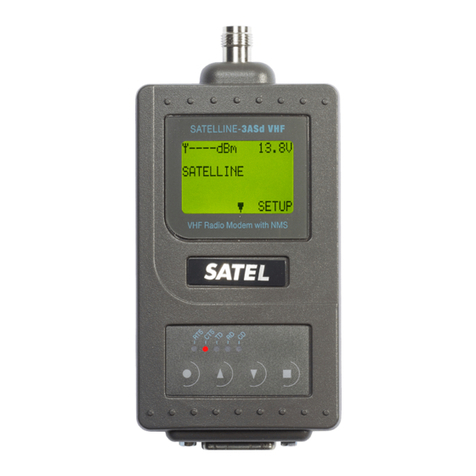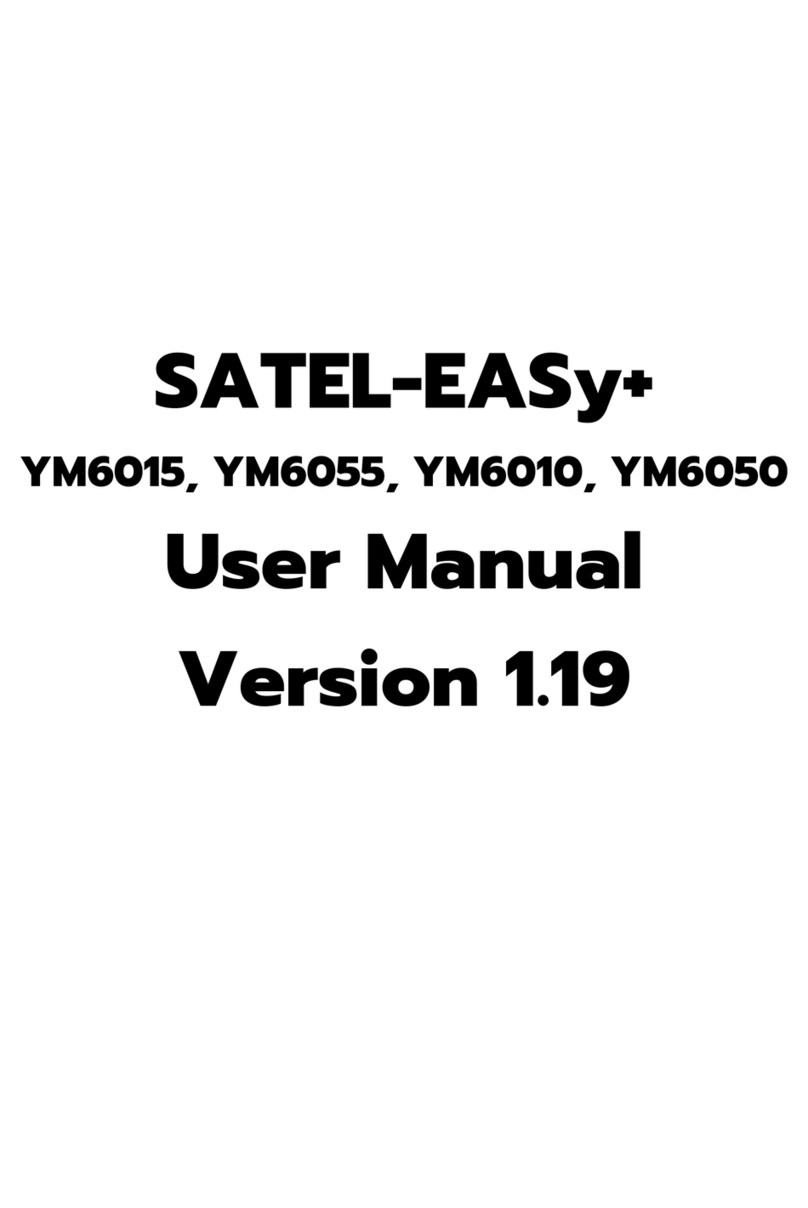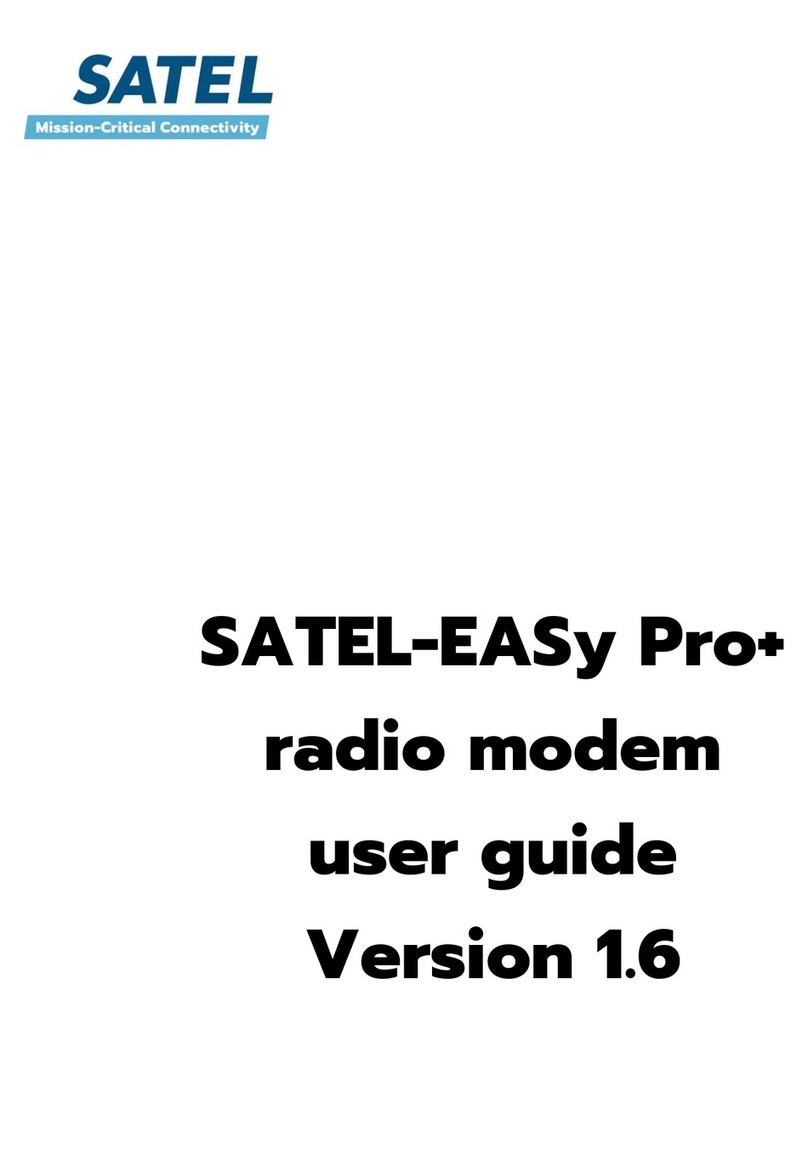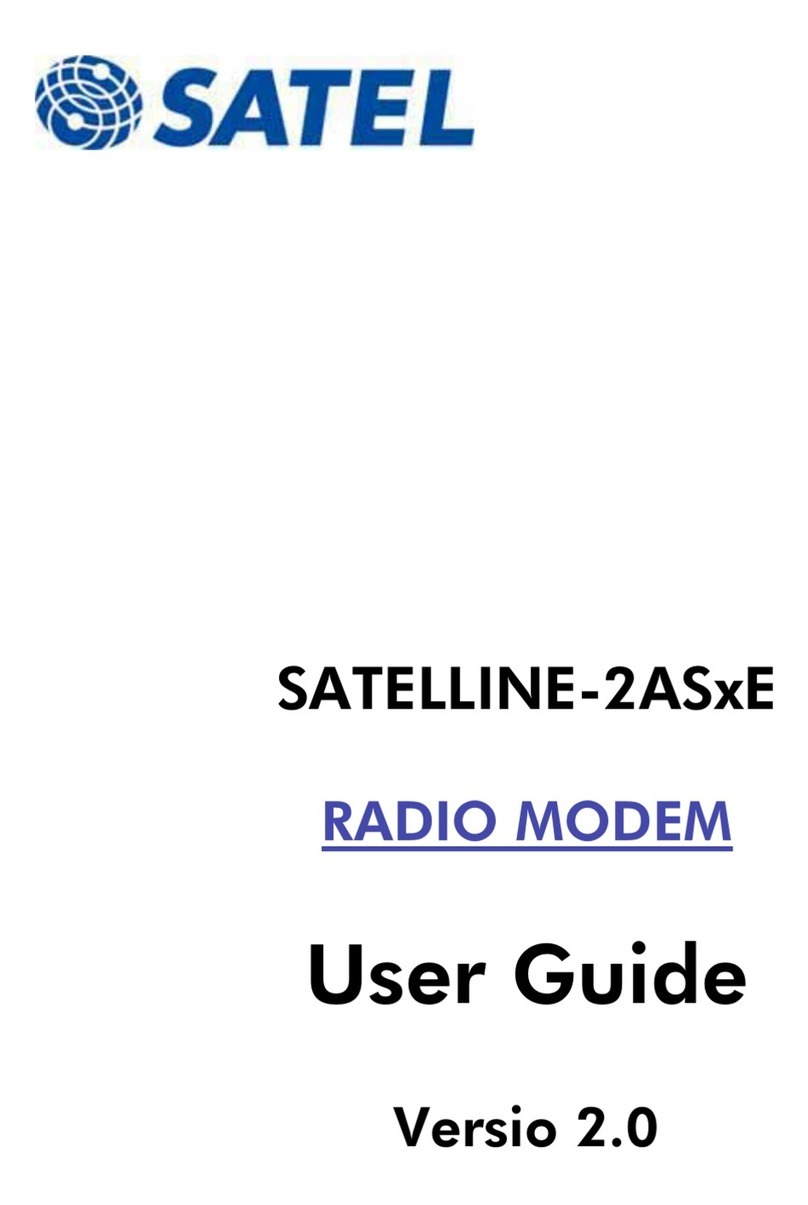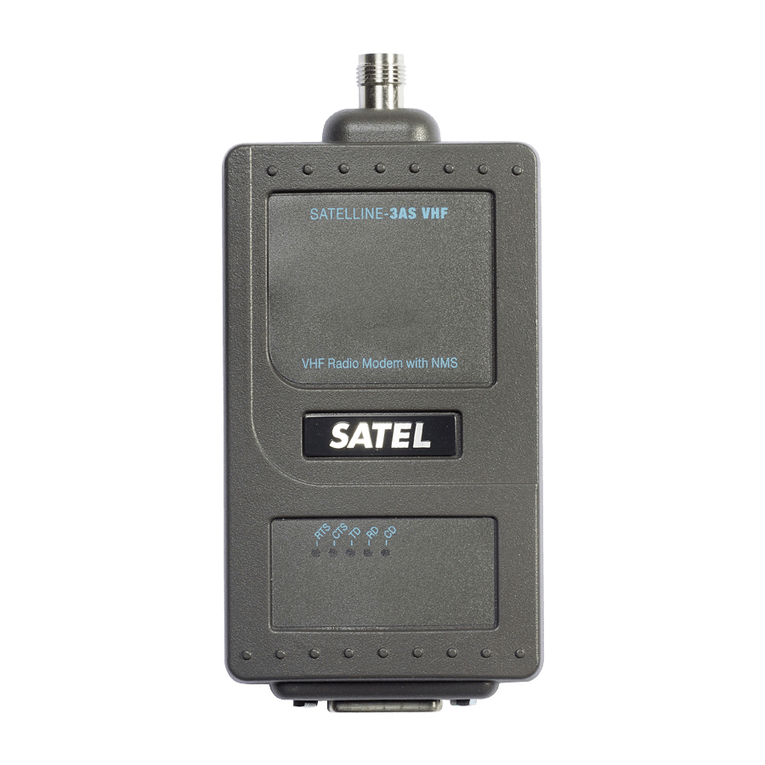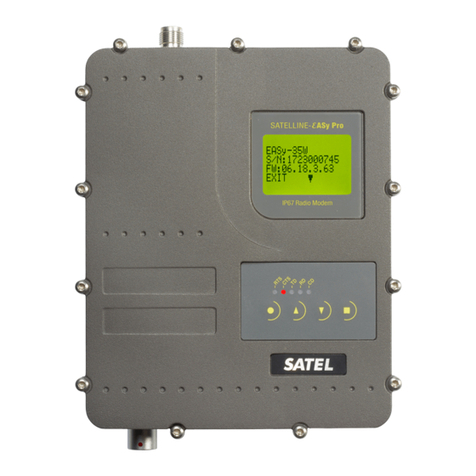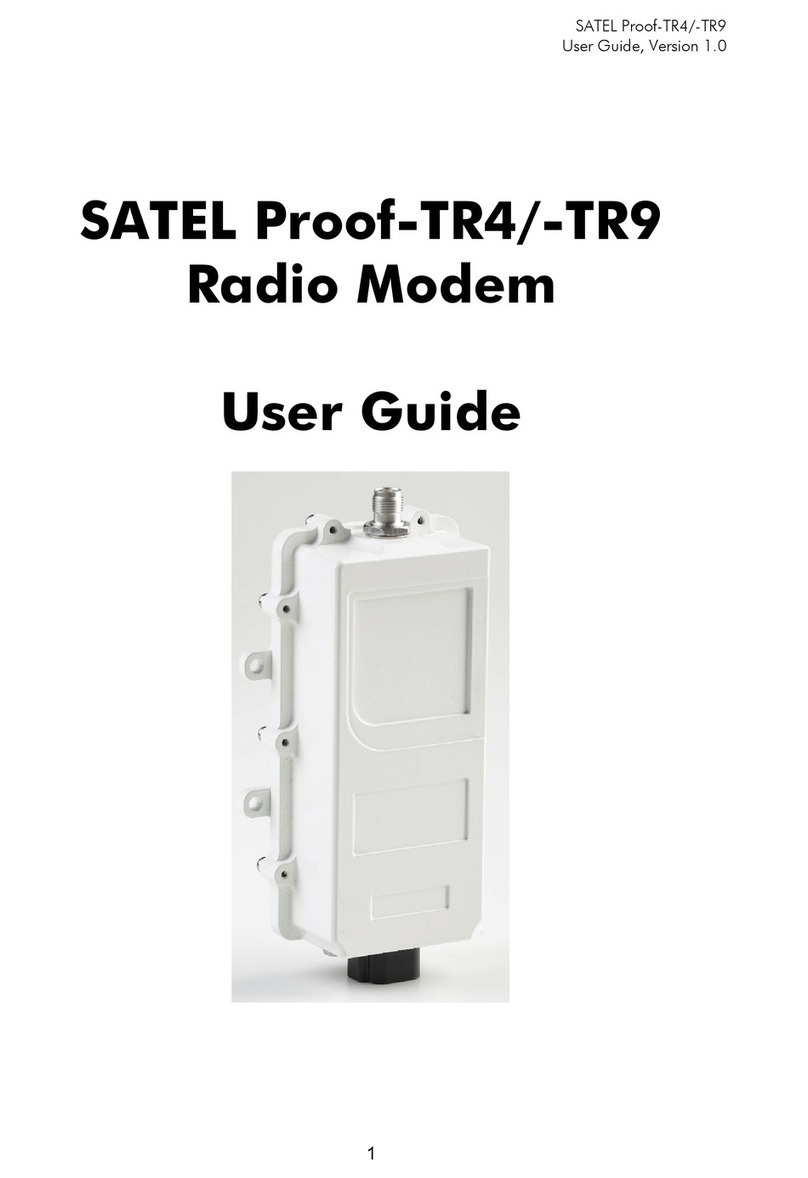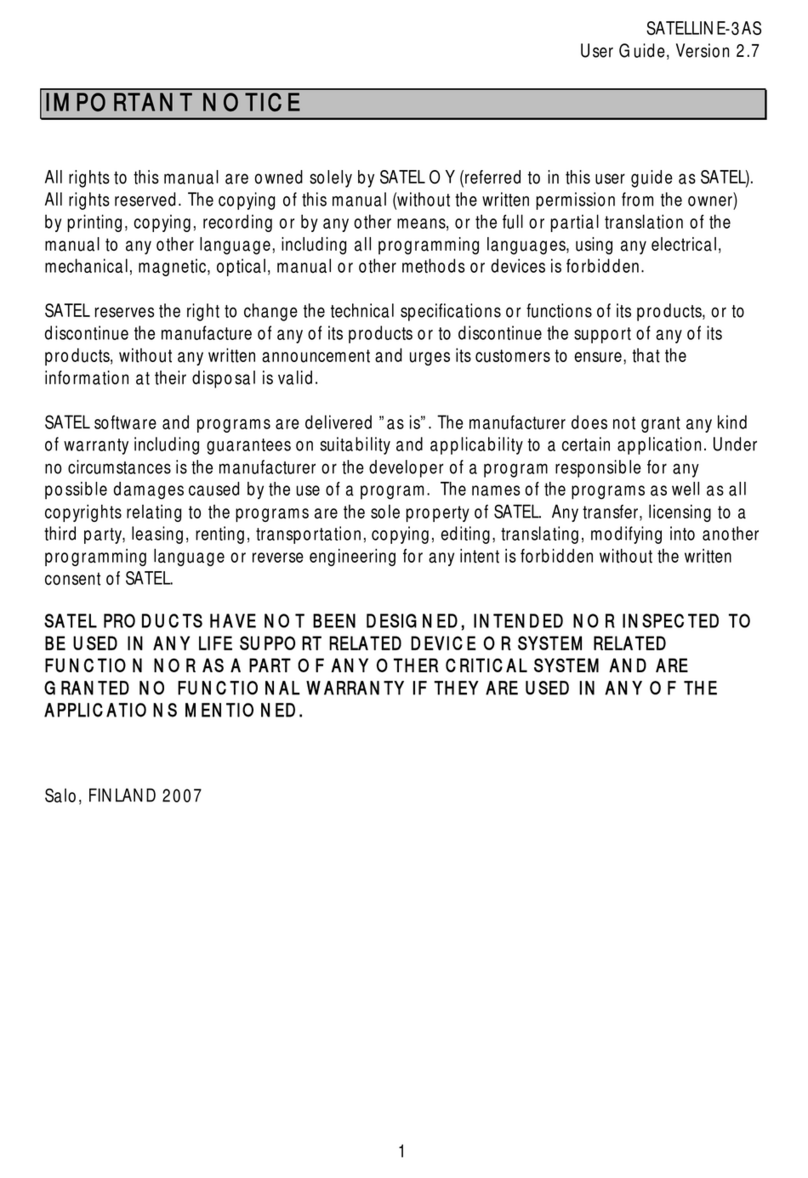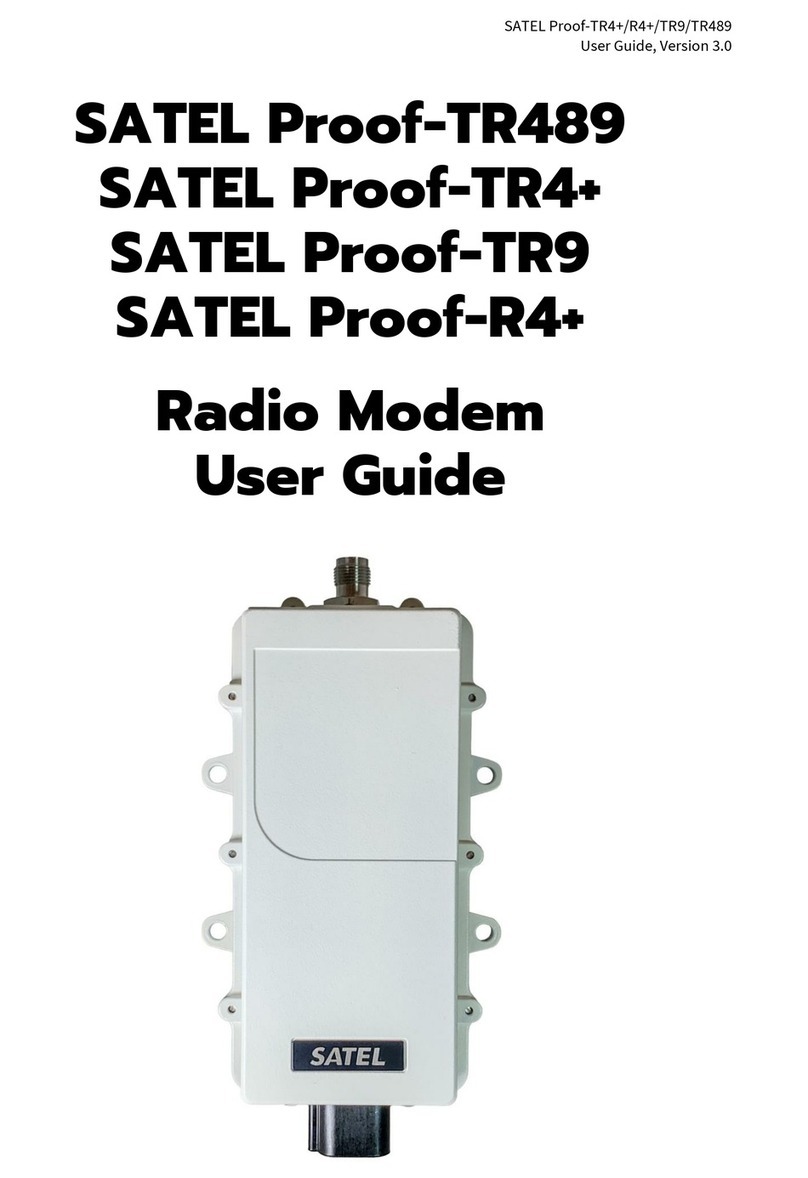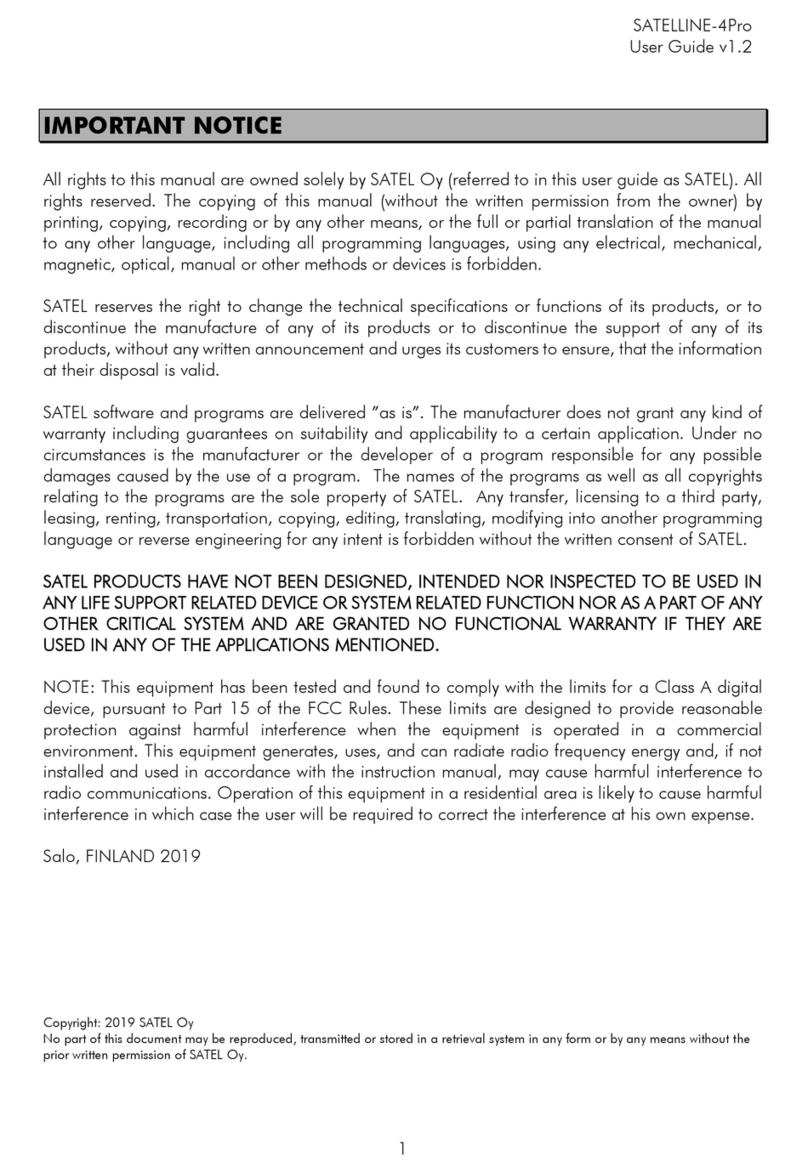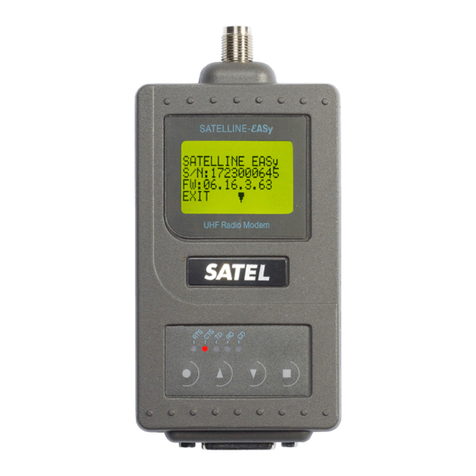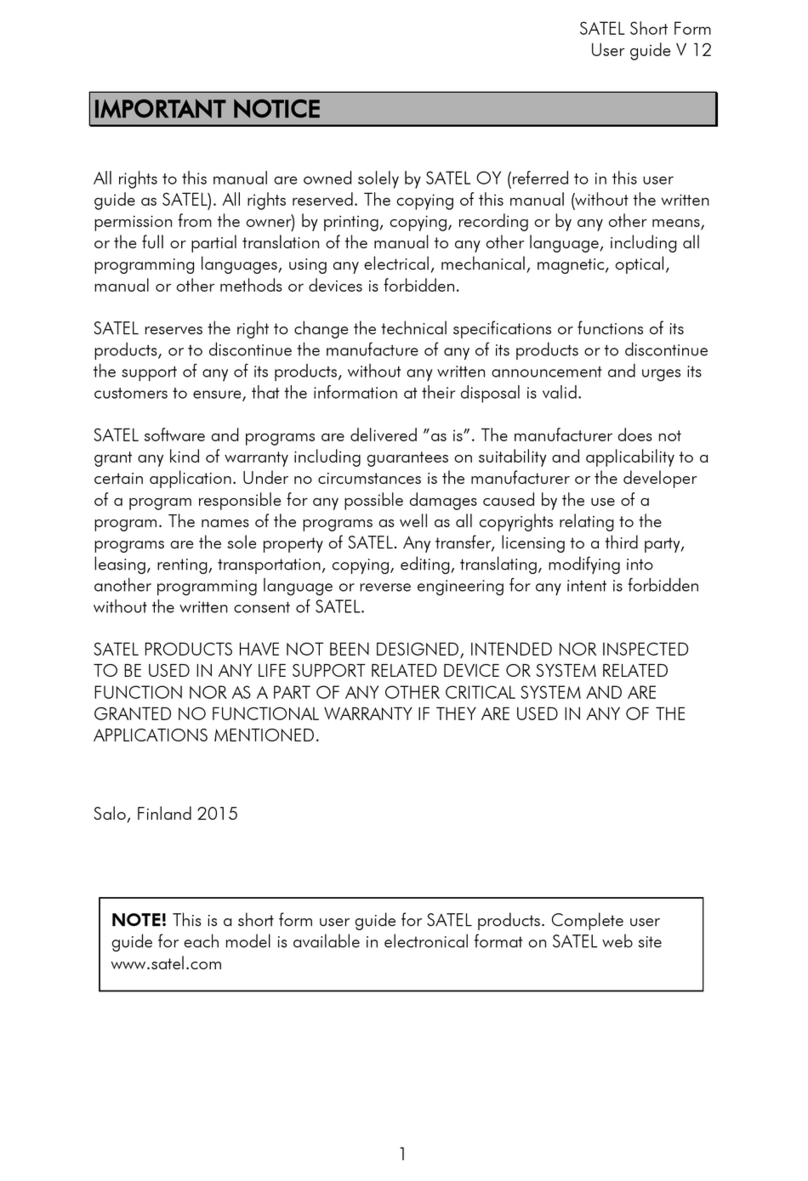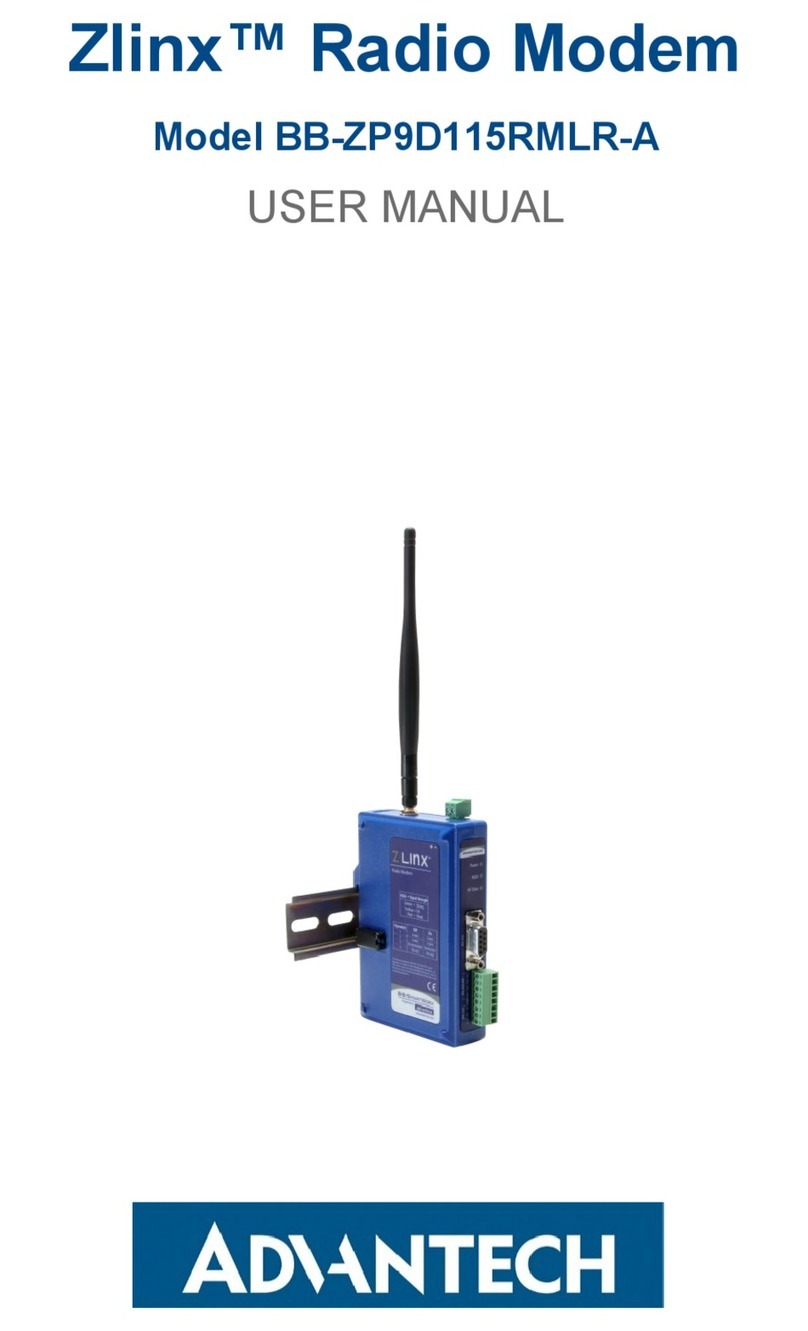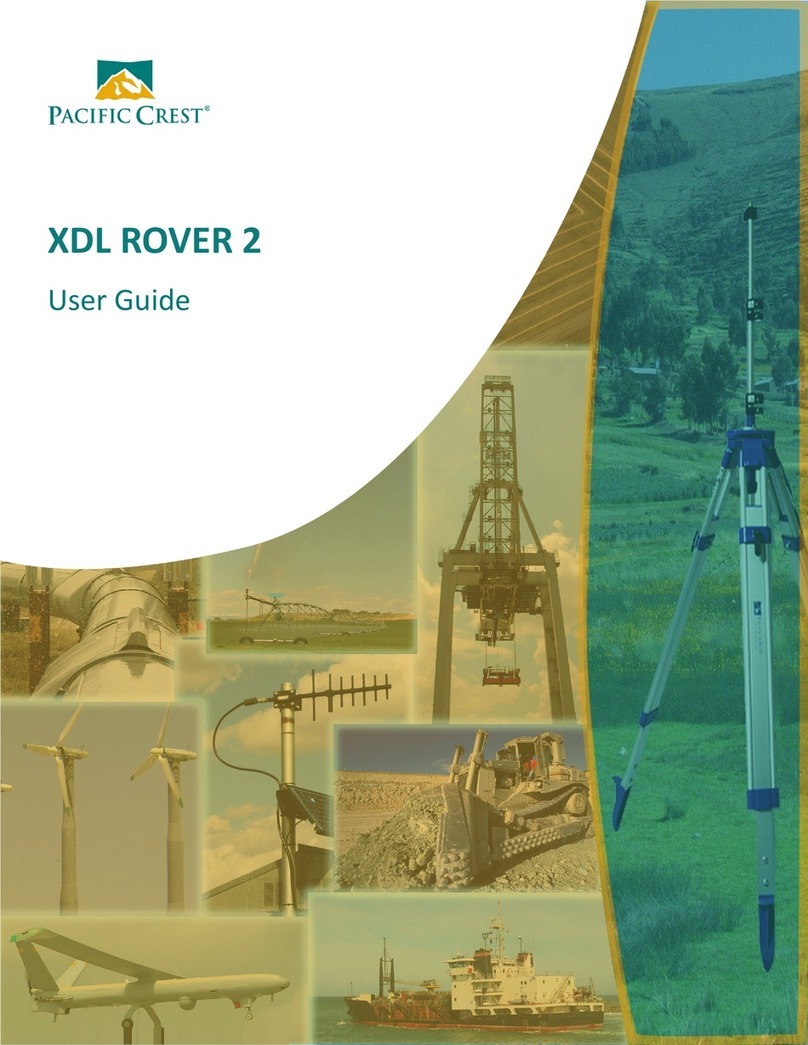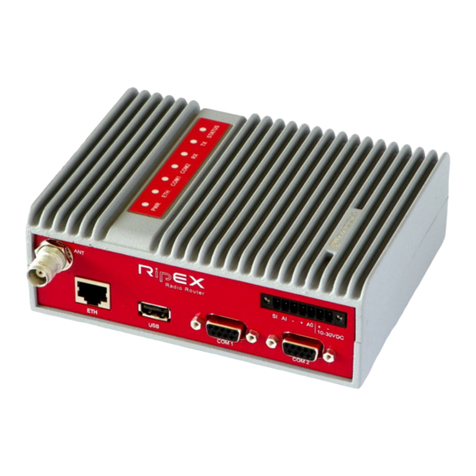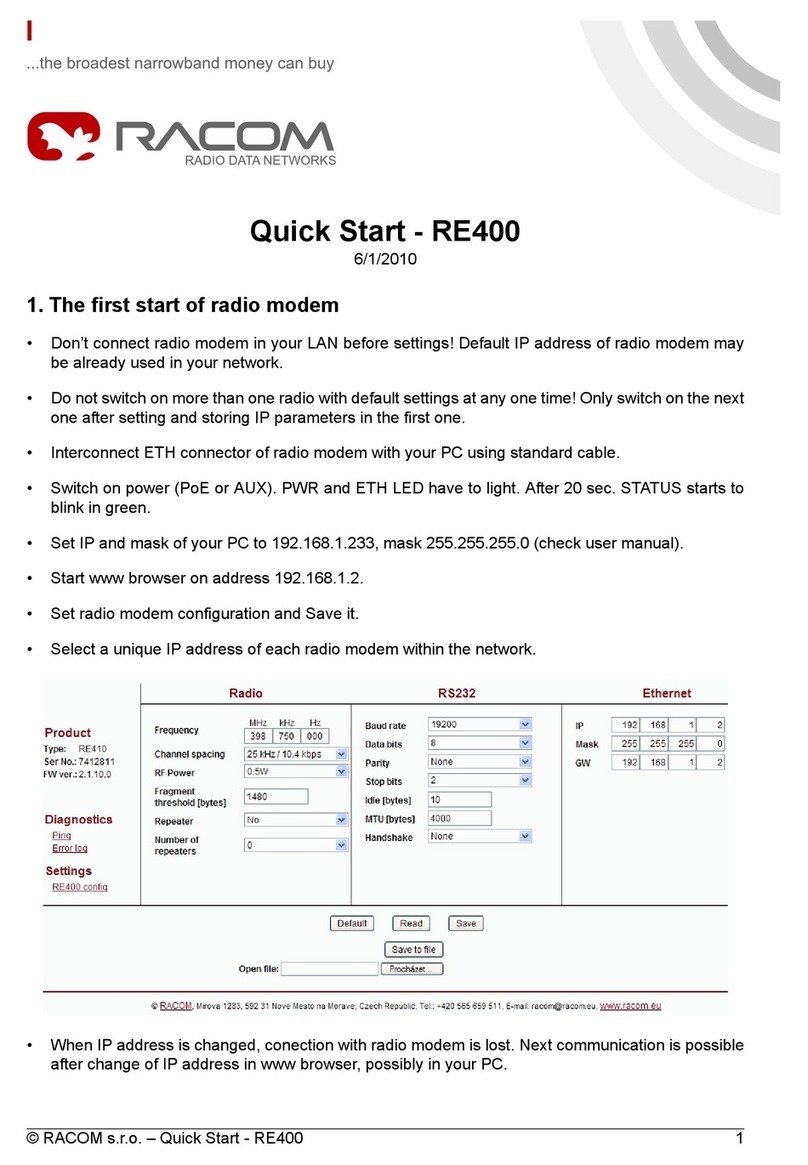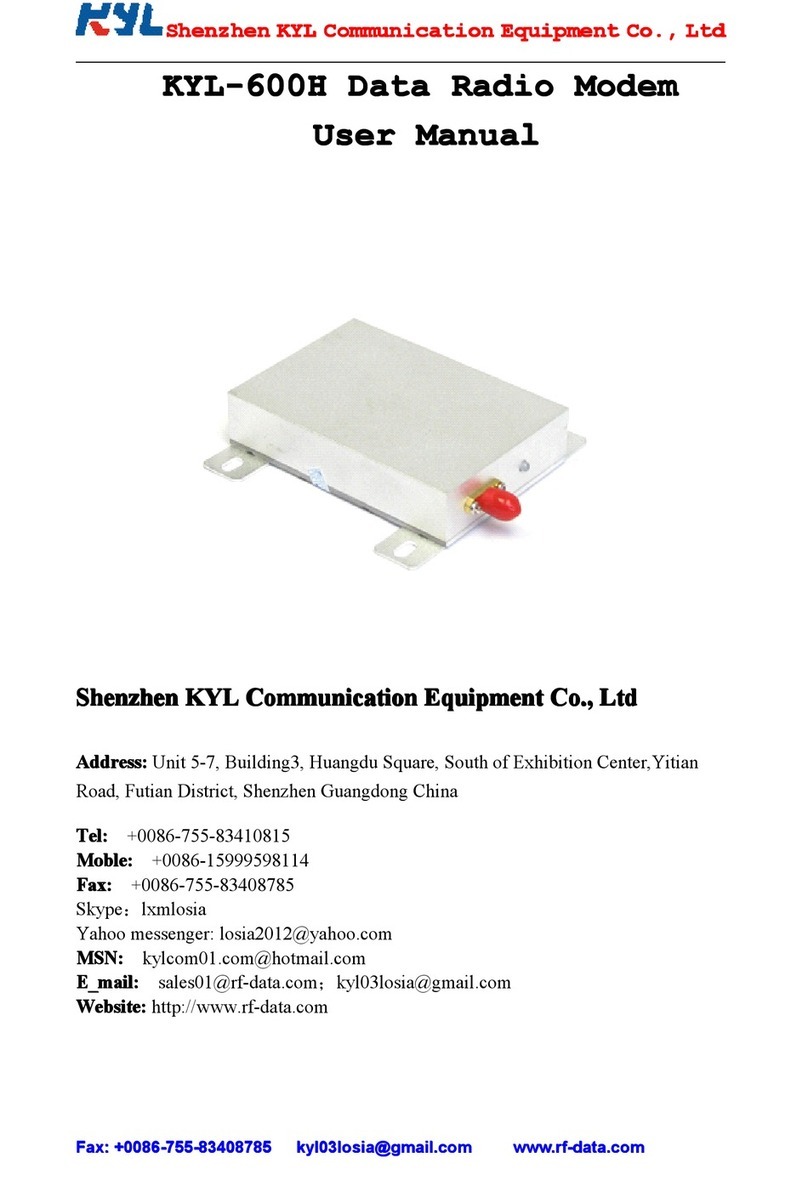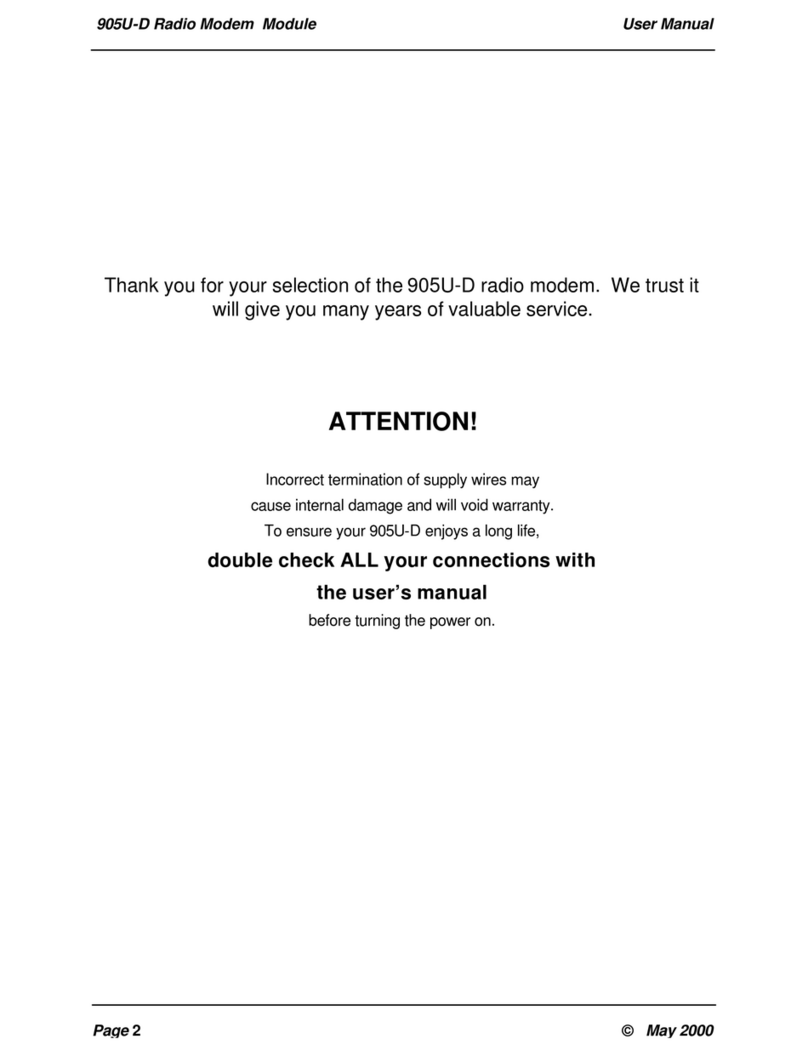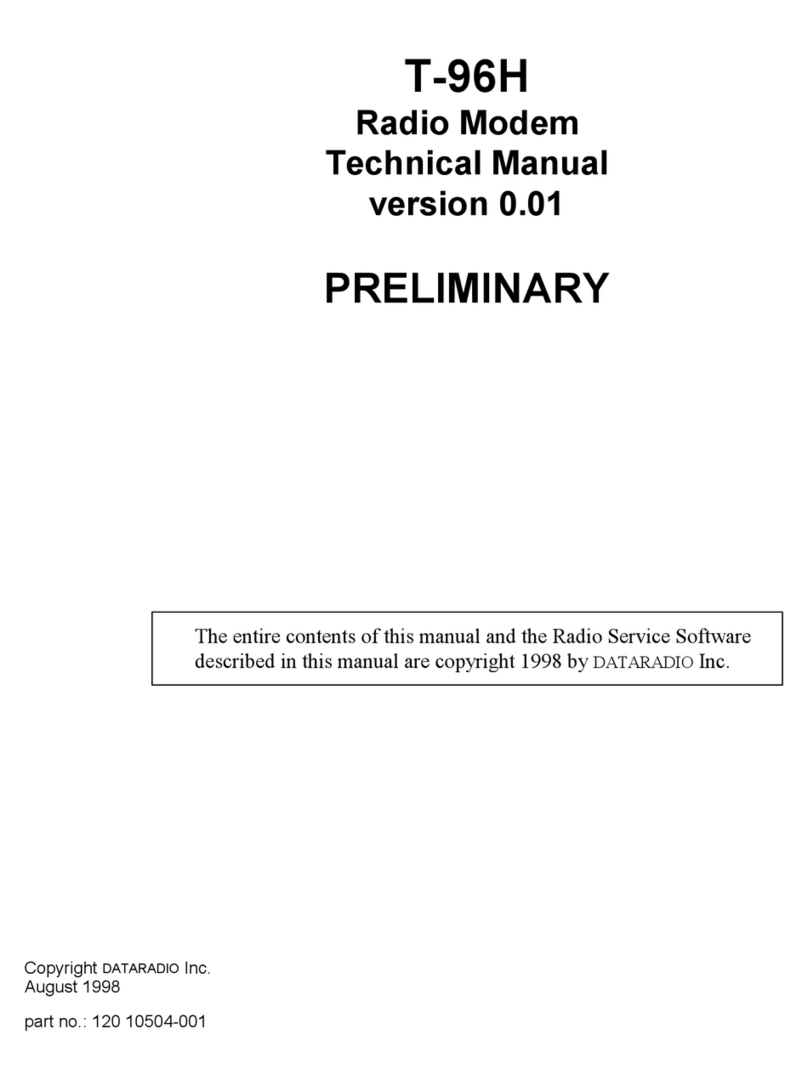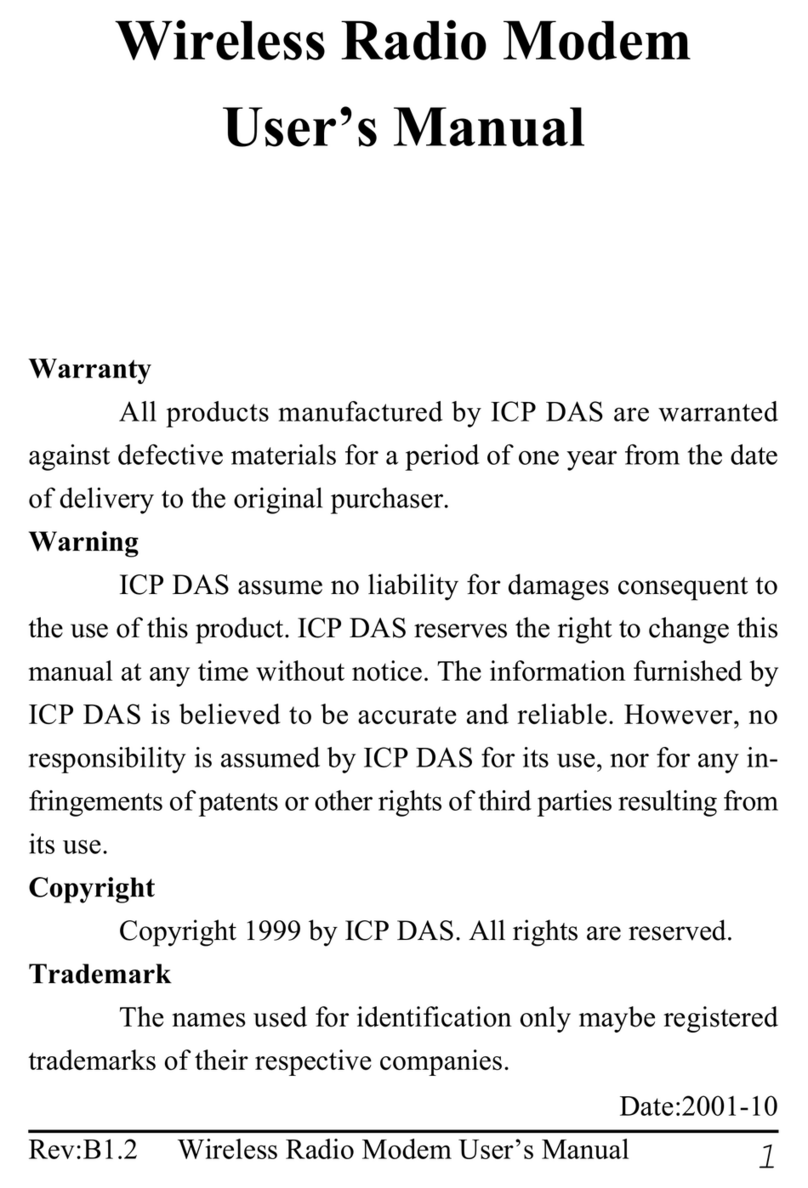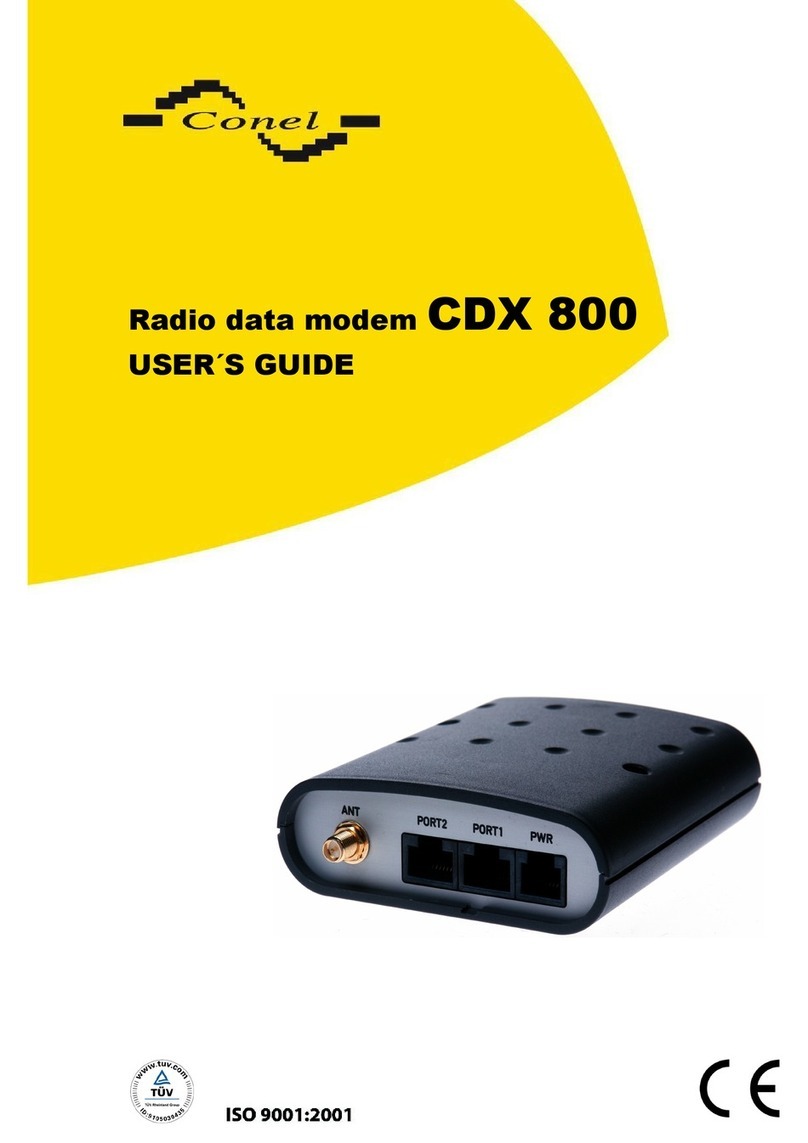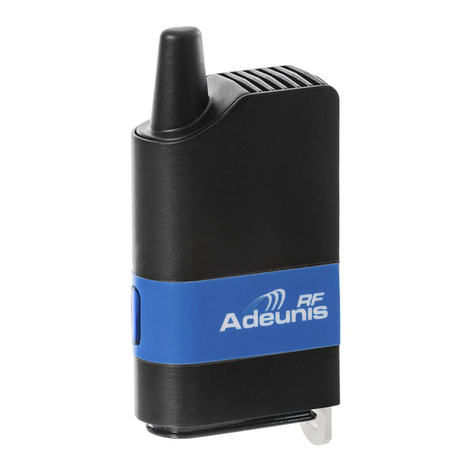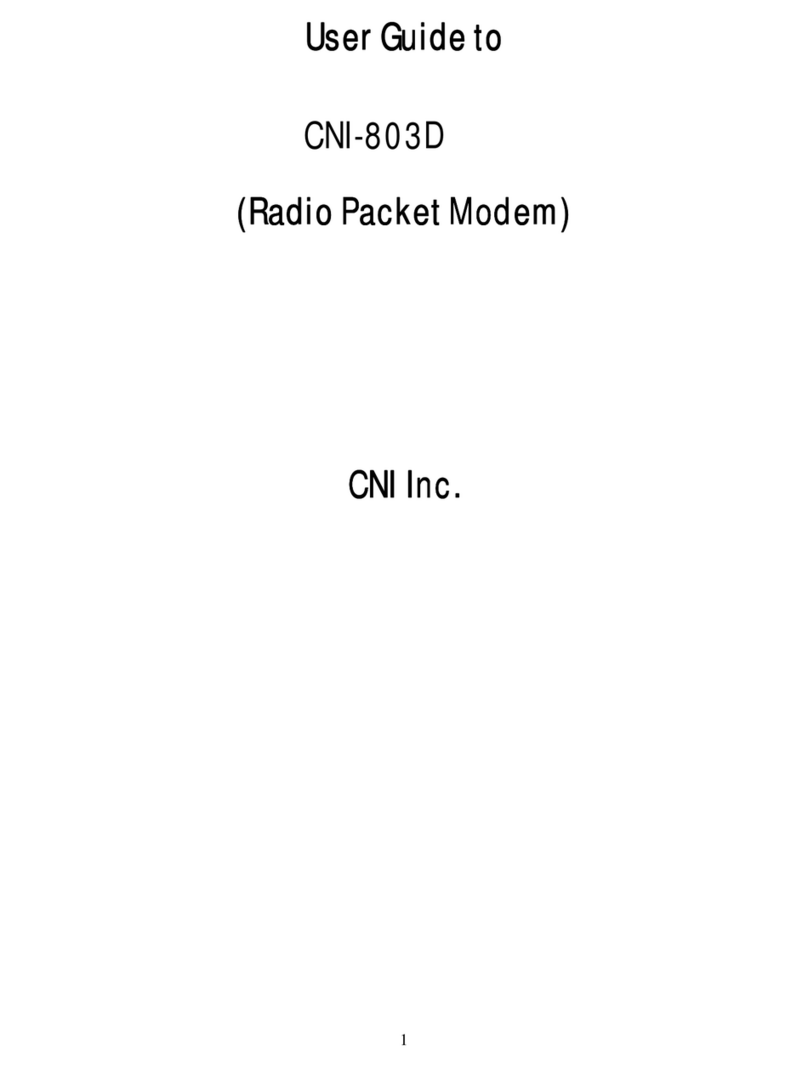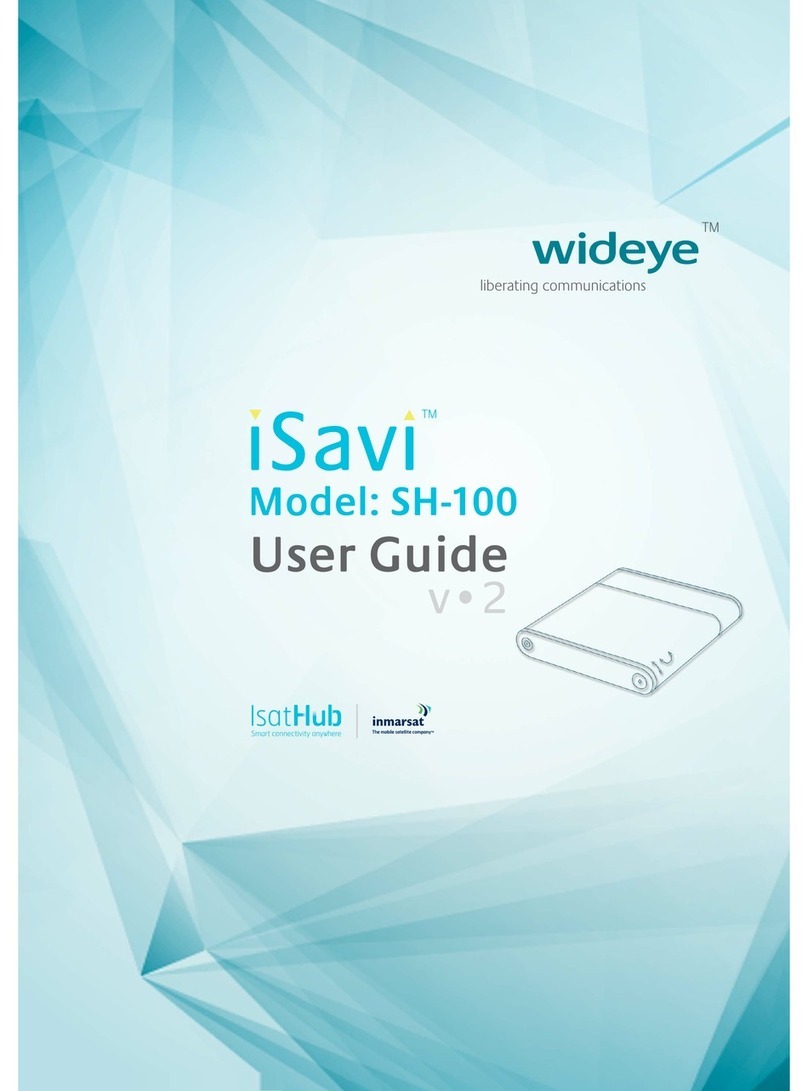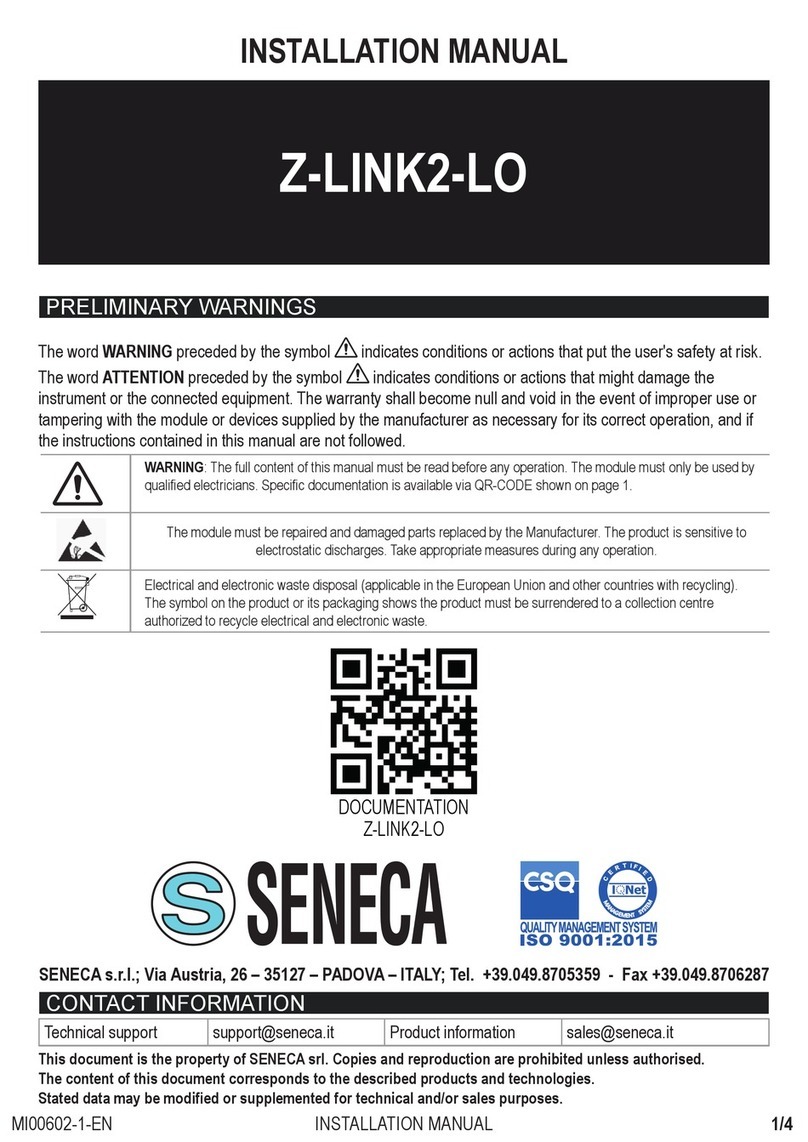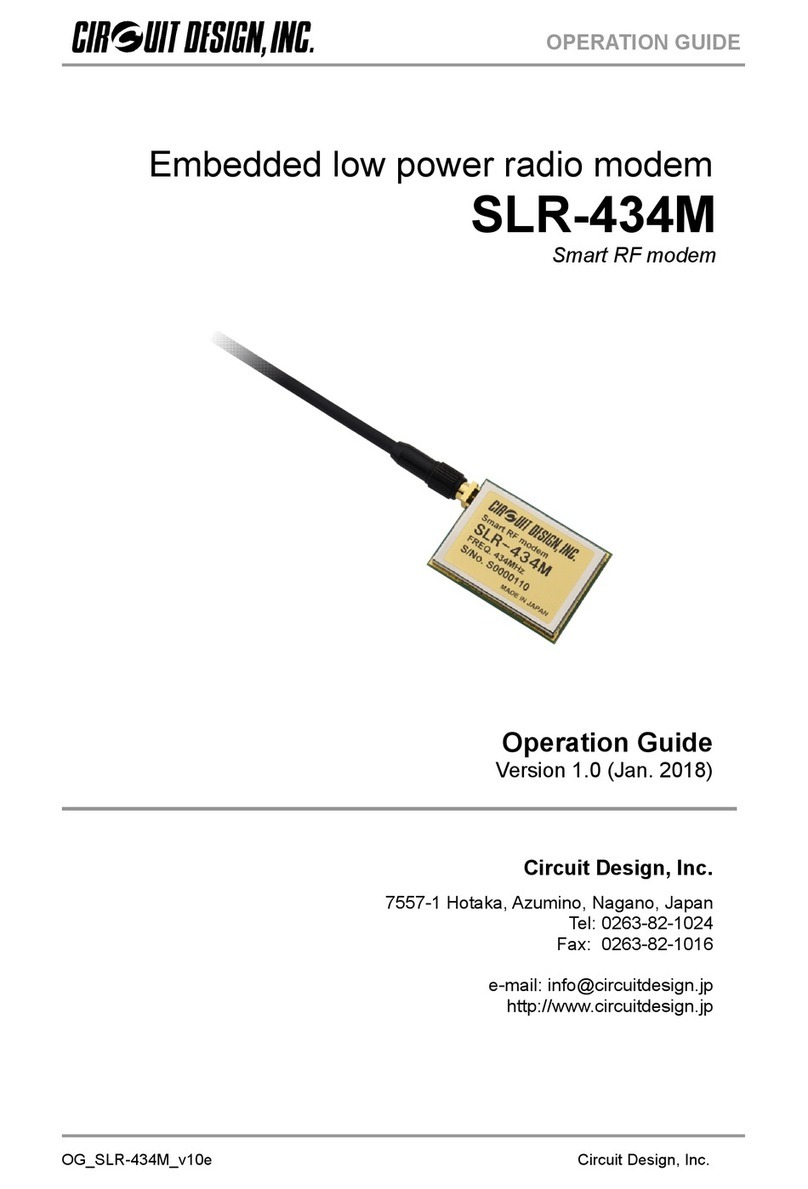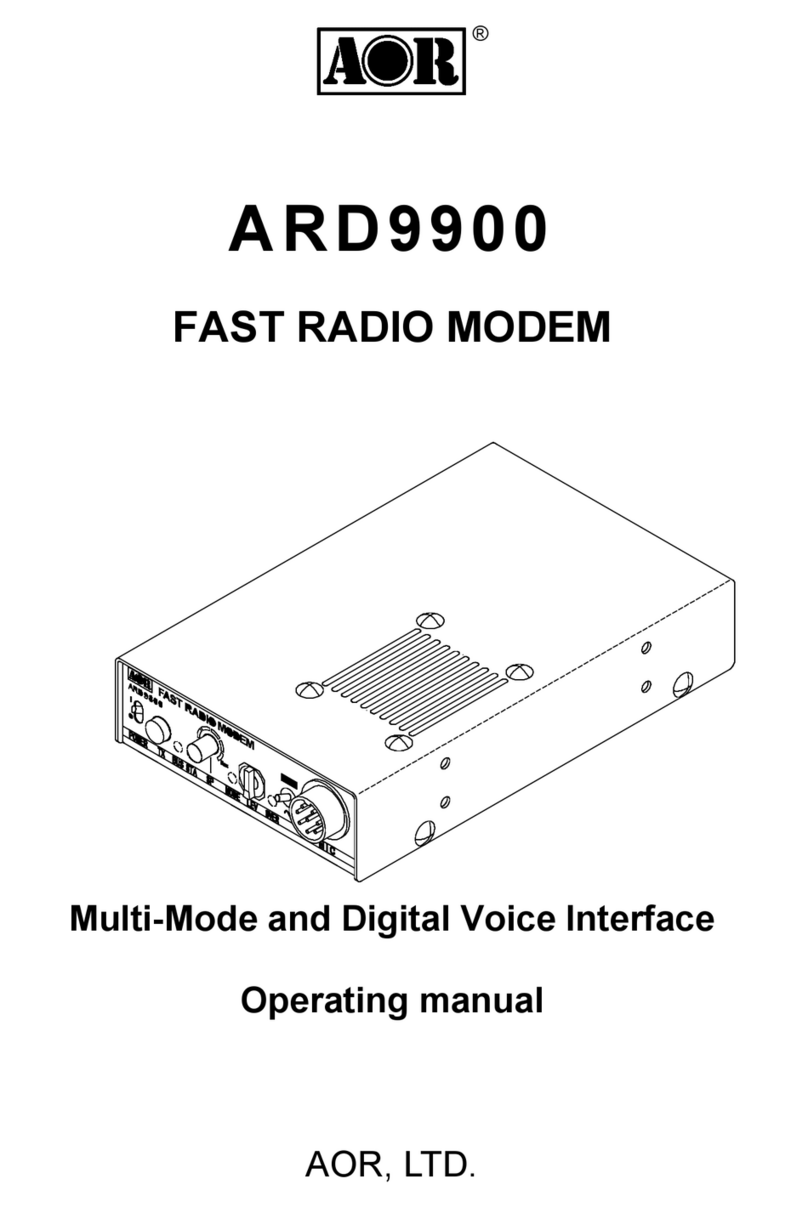
SATELLINE-3AS
User Guide, Version 2.3
6
7.1.4 Saterm 3 and the configuration of the Message Routing........................................ 46
7.1.5 Manual configuration of the Message Routing...................................................... 46
7.1.6 Configuration of the protocol in Message Routing ................................................ 47
7.2 Operating modes of Message Routing ..................................................... 48
7.3 Detailed description of Message Routing................................................. 49
7.3.1 Source Mode Routing ........................................................................................ 49
7.3.2 Virtual Mode Routing ......................................................................................... 50
7.3.3 Overhop function in Source Mode Routing .......................................................... 51
7.3.4 Special protocols............................................................................................... 52
7.3.5 Network ID ....................................................................................................... 52
8 DIVERSITY RECEIVER (SATELLINE-3AS EPIC ONLY).................................... 53
8.1 Multipath fading ....................................................................................... 53
8.2 Antenna installation ................................................................................. 54
9 SETTINGS................................................................................................... 55
9.1 Changing parameters using a terminal device........................................ 55
9.1.1 Changing frequency (active radio channel frequency)............................................ 56
9.1.2 Changing radio settings (transmitter output power and receiver sensitivity)............... 57
9.1.3 Changing addressing settings (primary and secondary RX- and TX-addresses).......... 59
9.1.4 Changing serial port settings (Port 1 and Port 2)................................................... 61
9.1.5 Modification of handshaking functions................................................................. 64
9.1.6 Special functions ............................................................................................... 65
9.1.7 Modification of routing....................................................................................... 66
9.1.8 Activating tests .................................................................................................. 70
9.1.9 Restoring factory settings .................................................................................... 70
9.1.10 Saving modified settings into the permanent memory ............................................ 70
9.2 Changing parameters using the LCD-display .......................................... 71
9.2.1 Changing frequency (frequency of the active radio channel) .................................. 72
9.2.2 Changing radio settings (transmitter power and receiver sensitivity)......................... 74
9.2.3 Changing addressing......................................................................................... 75
9.2.4 Changing serial port settings (Port 1 and Port 2)................................................... 76
9.2.5 Modification of handshaking functions................................................................. 77
9.2.6 Selecting special functions.................................................................................. 78
9.2.7 Activating tests .................................................................................................. 78
9.2.8 Restoring factory settings .................................................................................... 79
9.2.9 Adjusting the contrast of the LCD-display ............................................................. 79
9.2.10 Saving modified values into the internal memory .................................................. 80
9.3 Changing parameters using the SL-COMMANDS..................................... 80
9.3.1 Frequency......................................................................................................... 81
9.3.2 Addressing........................................................................................................ 81
9.3.3 Radio parameters .............................................................................................. 82
